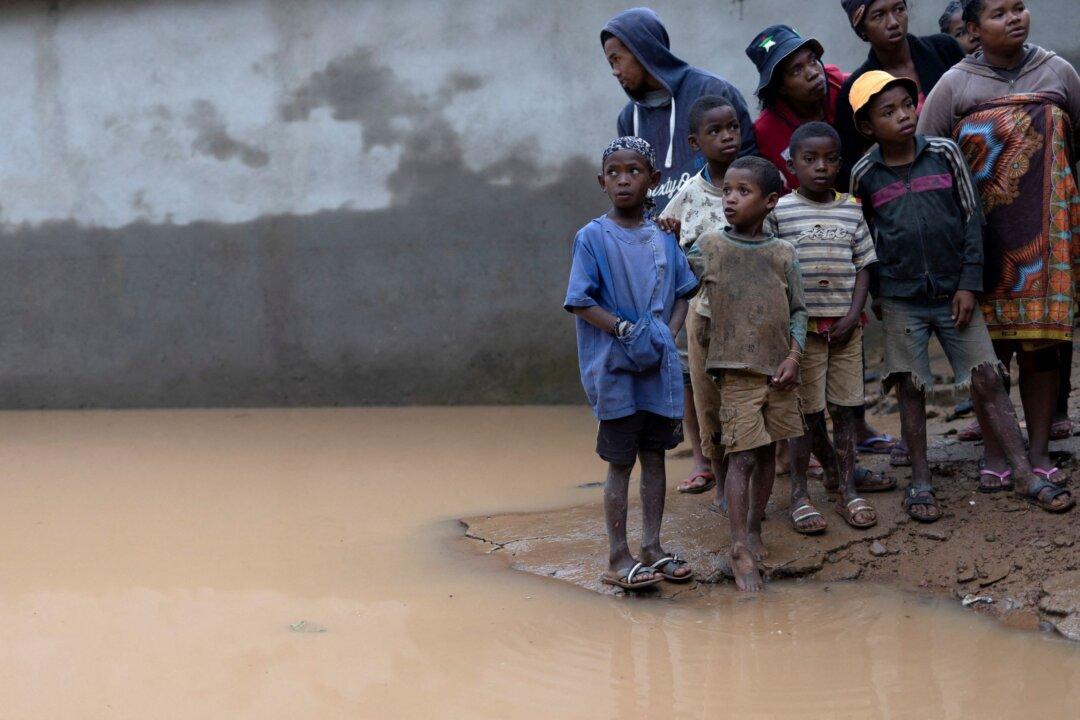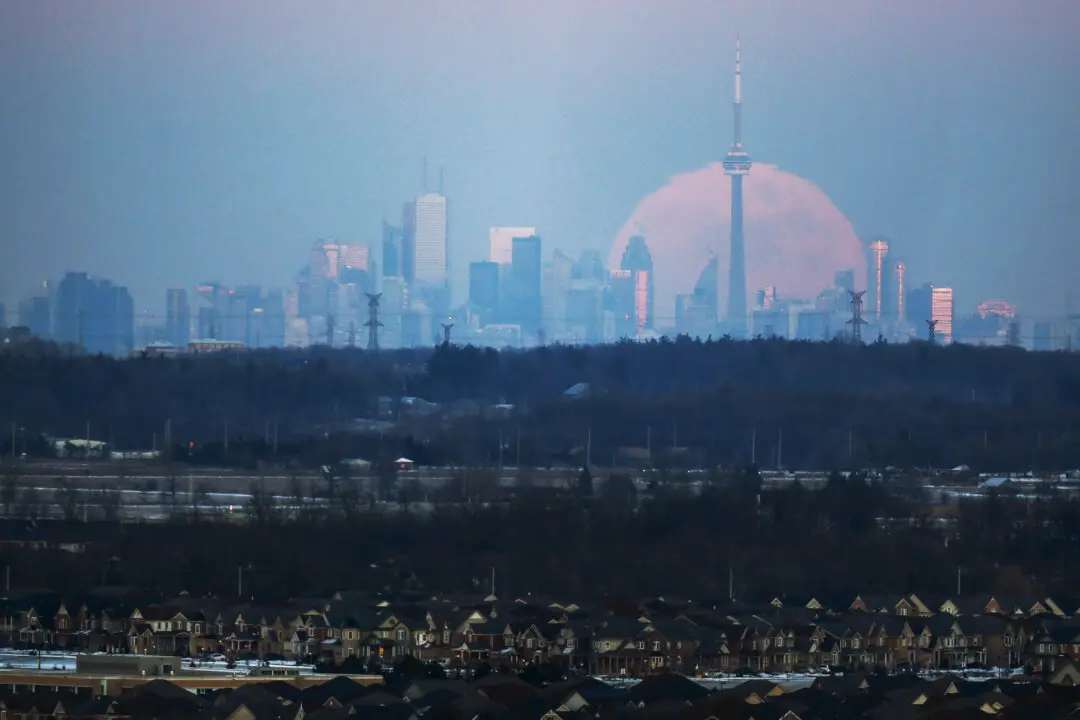MANANJARY, Madagascar—Residents of a coastal town in Madagascar that was battered by Cyclone Batsirai over the weekend were left picking through the wreckage of their homes on Monday, collecting soaking wet clothing and anything else worth salvaging.
The cyclone killed 21 people and displaced more than 60,000 after it slammed into the Indian Ocean island late on Saturday, knocking down houses and electricity lines along the southeastern coastline until it moved away late on Sunday.





